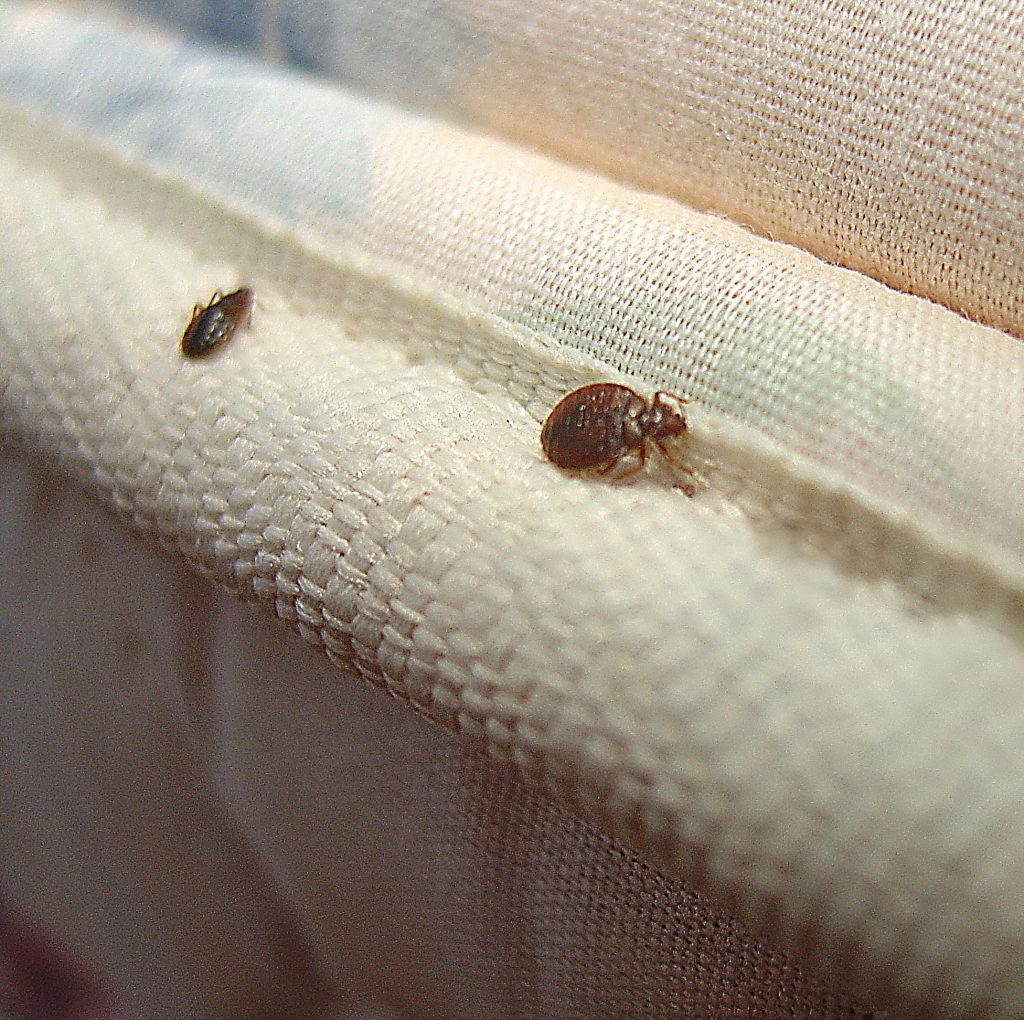As a homeowner, I understand the importance of keeping my home bug-free. That’s why I’m taking the time to learn how to check a mattress for bed bugs. Knowing how to identify and prevent bed bugs is essential for keeping your space safe from these pesky critters. In this guide, I’ll explain the steps you need to take to check your mattress for bed bugs, so you can sleep soundly knowing your home is free of these pests.
What Are Bed Bugs?
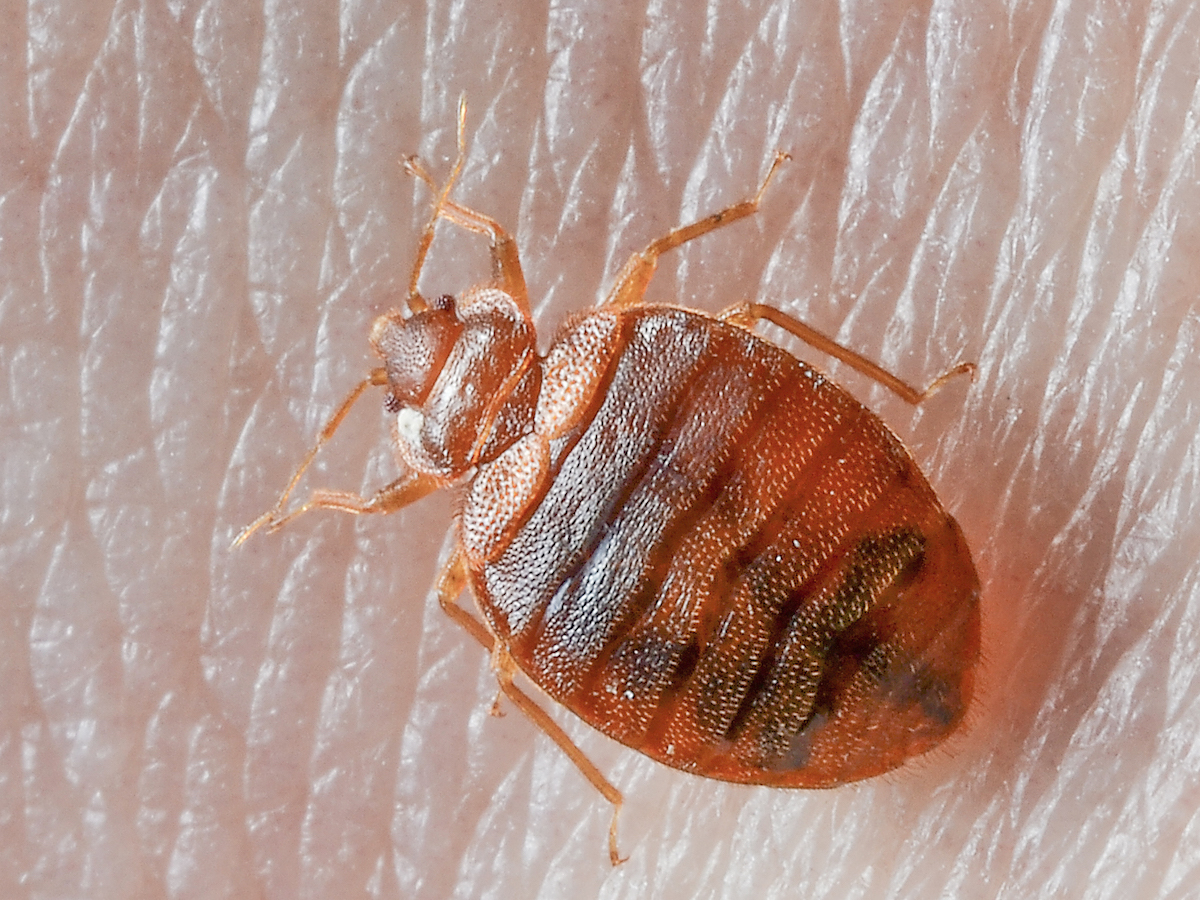
Bed bugs are small, flat, wingless insects that feed on the blood of humans and animals. They are about the size of an apple seed and can range in color from almost white to a reddish-brown. Bed bugs hide in the cracks and crevices of beds, headboards, mattresses, box springs, bed frames and furniture during the day, and come out at night to feed. Bed bugs are hitchhikers and can easily be transported from place to place on clothing, furniture, luggage and other items. They often spread through multi-unit dwellings such as apartment complexes, hotels and dormitories.
Signs of Bed Bugs
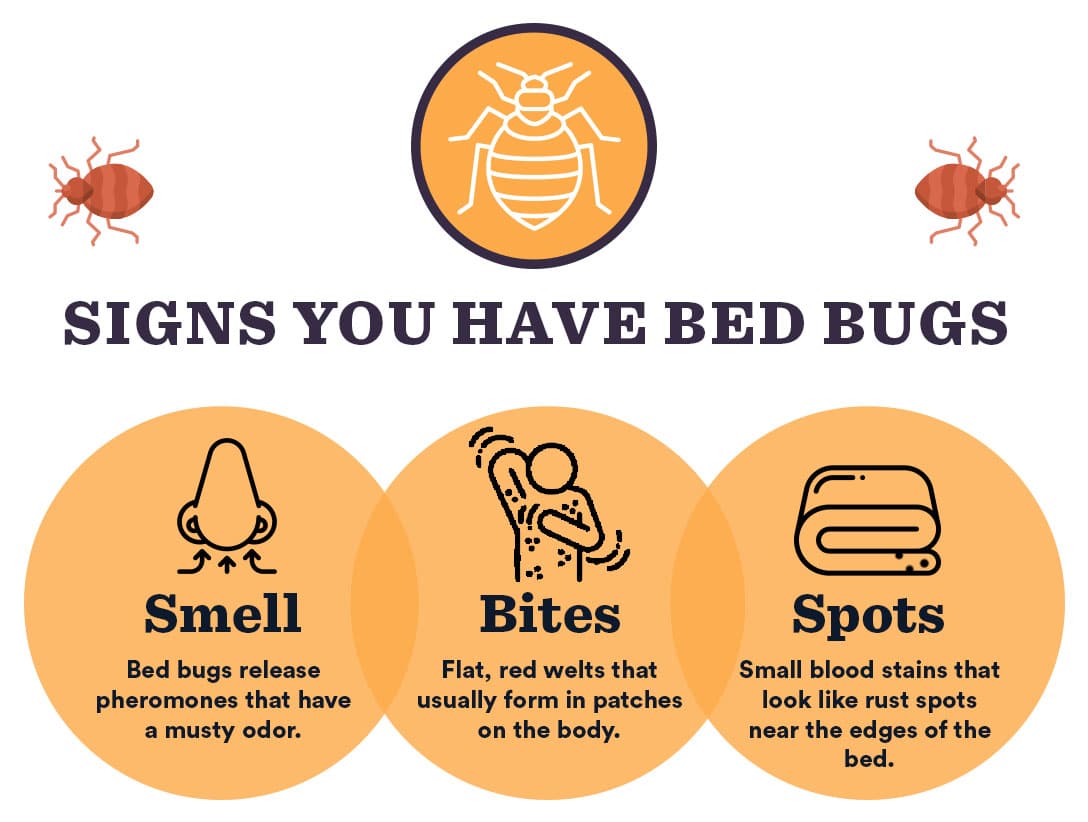
I need to be on the lookout for the telltale signs of bed bugs. I should start by looking for droppings, which appear as small brown spots on the mattress fabric. If I see any, I should use a flashlight to inspect further. I should also look for bloodstains, which can appear as dark or rust-colored spots. If I lift the mattress, I should also check for shed skin, which looks like small, pale-brown shells. If I smell a musty odor, I know I’m dealing with bed bugs. Finally, I should check my body for bites, which typically appear as small, red, itchy marks.
I start my inspection by removing the bedding and setting it aside. I check the mattress for any signs of bed bugs. This includes looking for rusty stains from the bug’s excrement, as well as eggs and live bed bugs. I lift up the mattress and look for signs of bed bugs on the box spring, beneath the mattress, and around the bed frame.
Checking the Bed Frame and Headboard
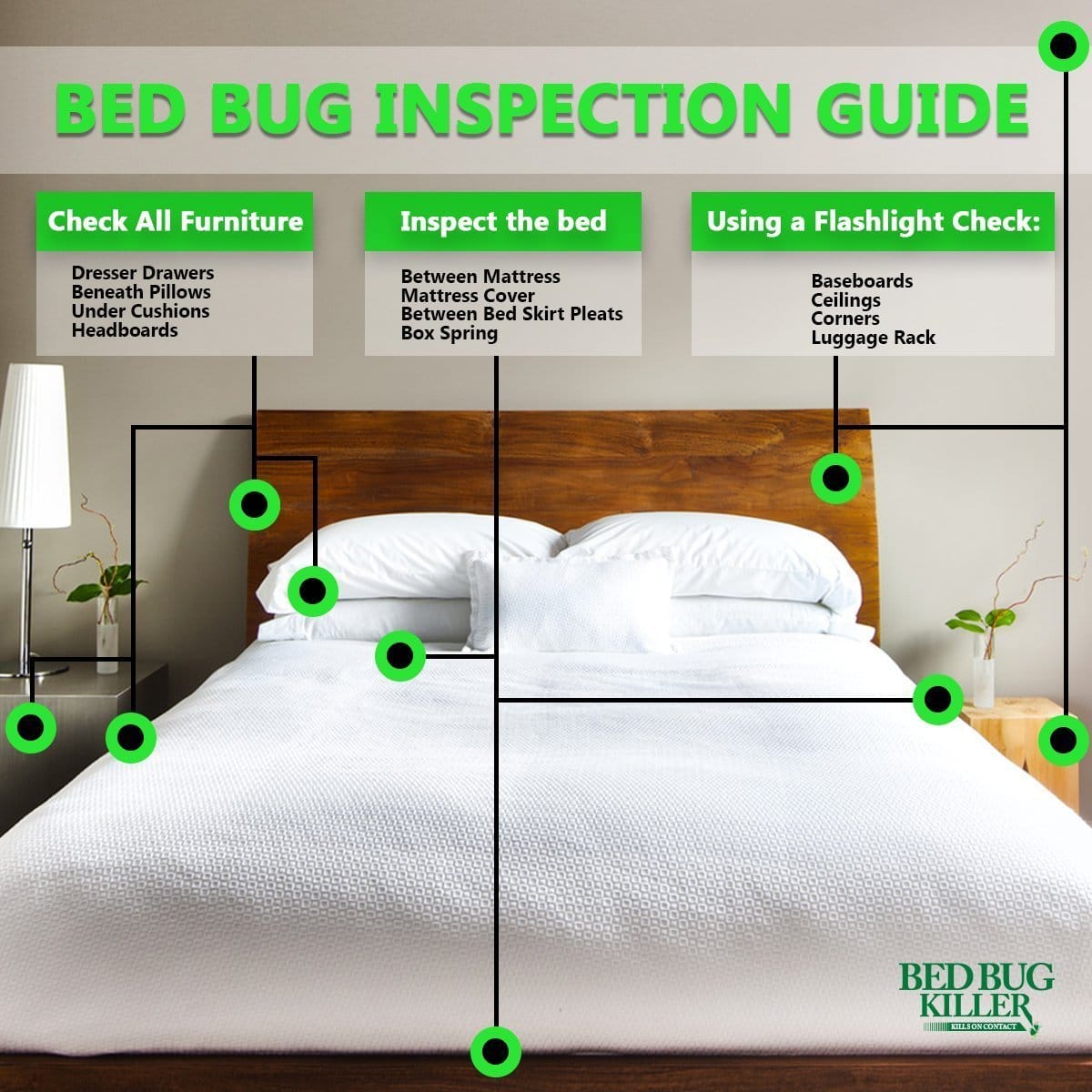
I check the bed frame and headboard for bed bugs by looking in the crevices, joints, and other hard-to-reach areas. I use a flashlight and magnifying glass to help me see better. I also use a vacuum to suck up any bed bugs or eggs I find.
Inspecting Other Furniture
I also check other furniture in the bedroom for bed bugs. I inspect dressers, nightstands, and chairs for any signs of bed bugs. I use the same method of inspection as I did for the bed frame and mattress, using a flashlight and vacuum.
Cleaning and Disinfecting
Finally, I clean and disinfect the mattress and other furniture to help reduce the chances of a bed bug infestation. I vacuum the mattress and furniture, paying special attention to the crevices and hard-to-reach areas. I also use a steam cleaner to sanitize the mattress and furniture.
2. Examine the Mattress
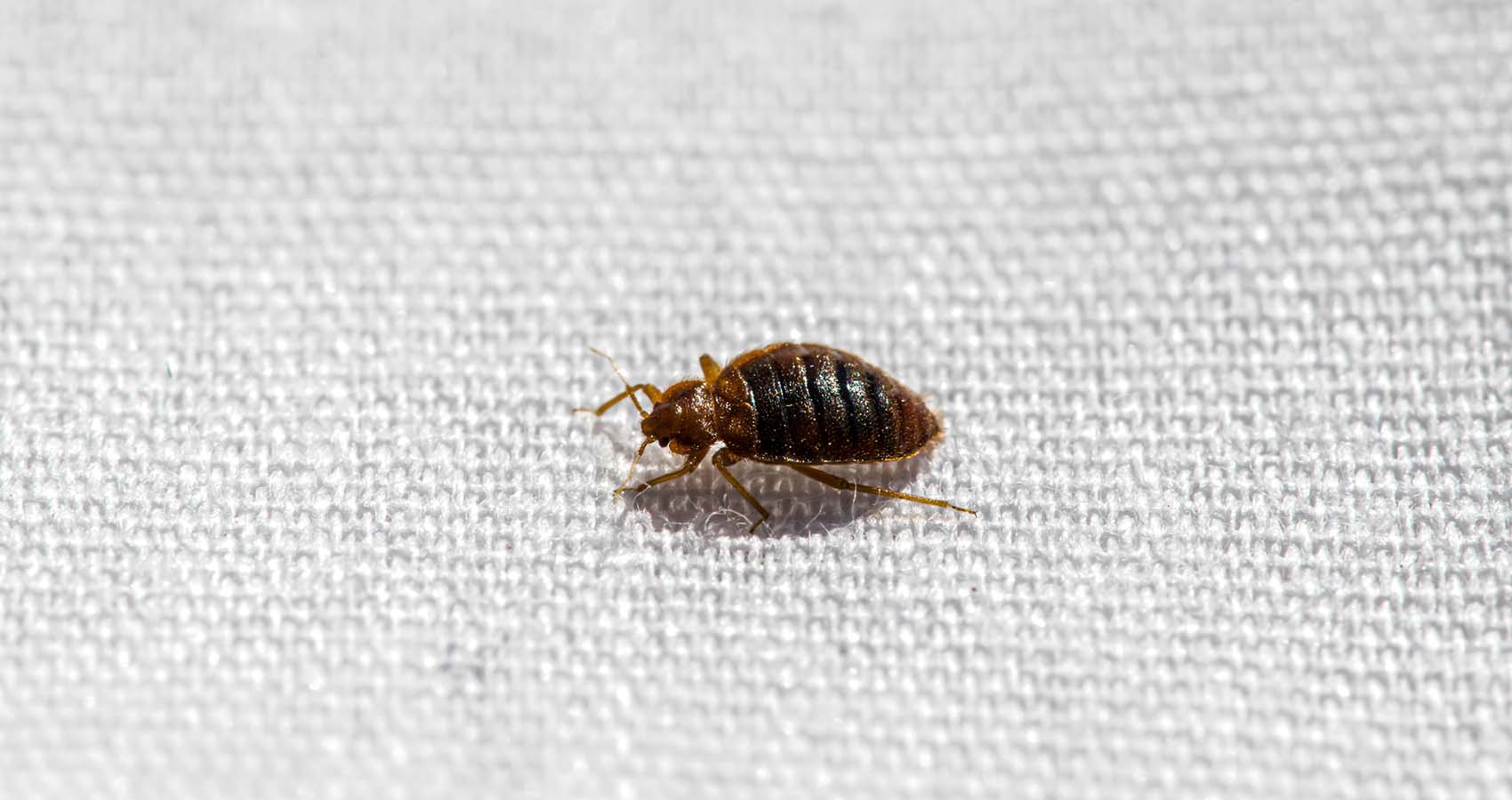
Start by taking off all the bedding from the mattress and examining it for bed bugs. Pay attention to any dark spots which may be bed bug excrement. If you find any, immediately take the bedding to be washed in hot water and dried on a high heat.
Next, inspect the mattress for bed bugs themselves. Use a bright flashlight and look for any small, dark spots that may be bed bugs. Check all the seams of the mattress and around the edges. If you find any, discard the mattress and any bedding you have.
You can also use a hand-held steamer to kill any bed bugs. Move the steamer slowly and steadily over the entire surface of the mattress, paying particular attention to the seams, folds and edges.
Lastly, inspect the mattress for signs of bed bugs such as eggs, eggshells, shed skins and fecal spots. Again, use a bright flashlight and look for any small, dark spots. If you find any, it’s time to discard the mattress and any bedding.
| Activity | What to do |
|---|---|
| Remove bedding | Examine for bed bugs, dark spots and discard if any found |
| Inspect mattress | Use a flashlight to look for bed bugs, especially in seams and around edges |
| Use a steamer | Move over entire mattress, paying particular attention to seams, folds and edges |
| Inspect mattress for signs of bed bugs | Look for eggs, eggshells, shed skins and fecal spots. Discard mattress if any found. |
3. Inspect the Seams and Edges
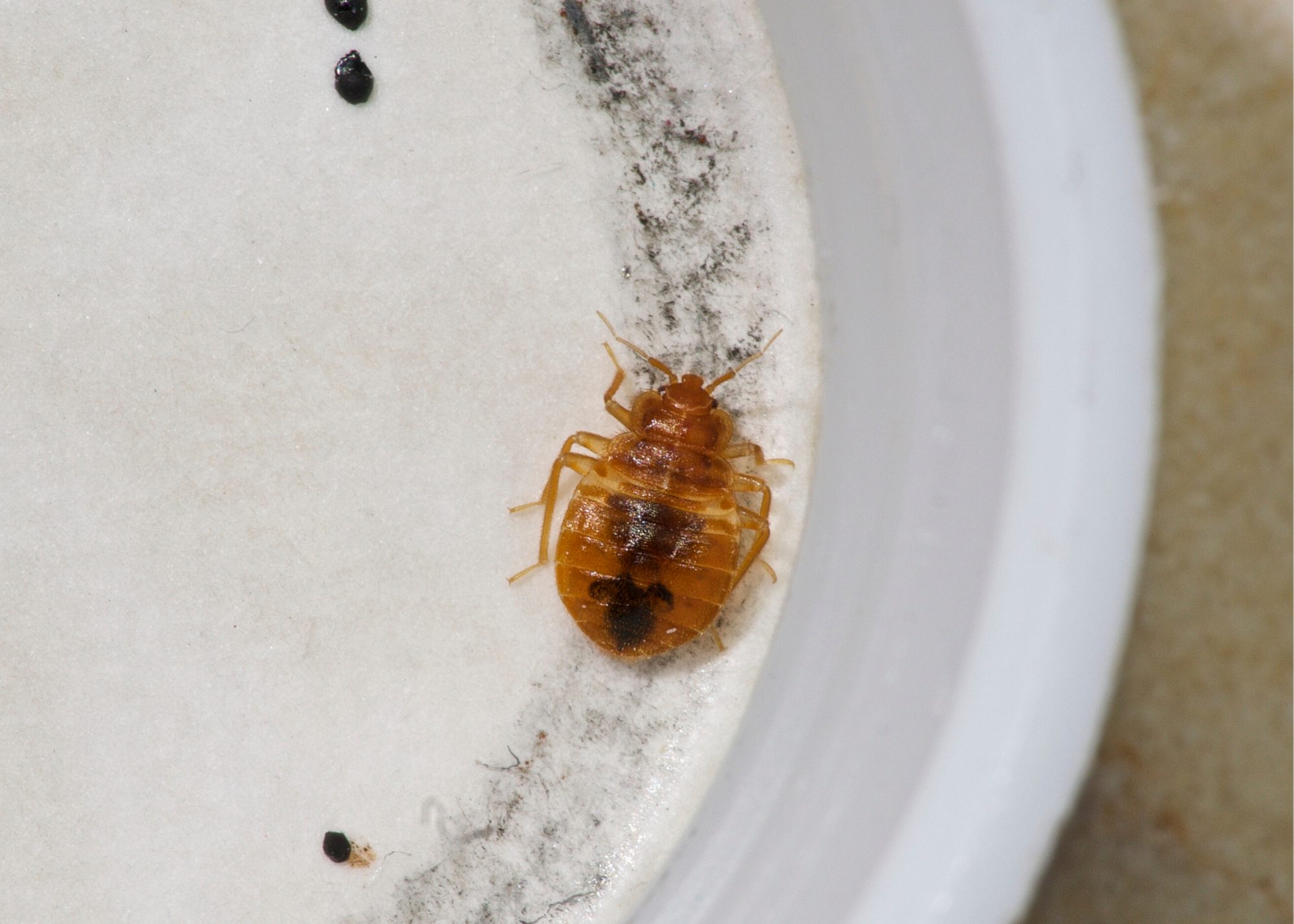
- Check for any holes, tears or stains along the seams.
- Look for any black spots around the edges of the mattress.
- Check for any dark brown or reddish-brown spots that may resemble dried blood.
- Pay careful attention to any crevices around the edges of the mattress.
- Check for any bug shells, egg casings or live bugs in the crevices.
4. Look for Bed Bug Droppings
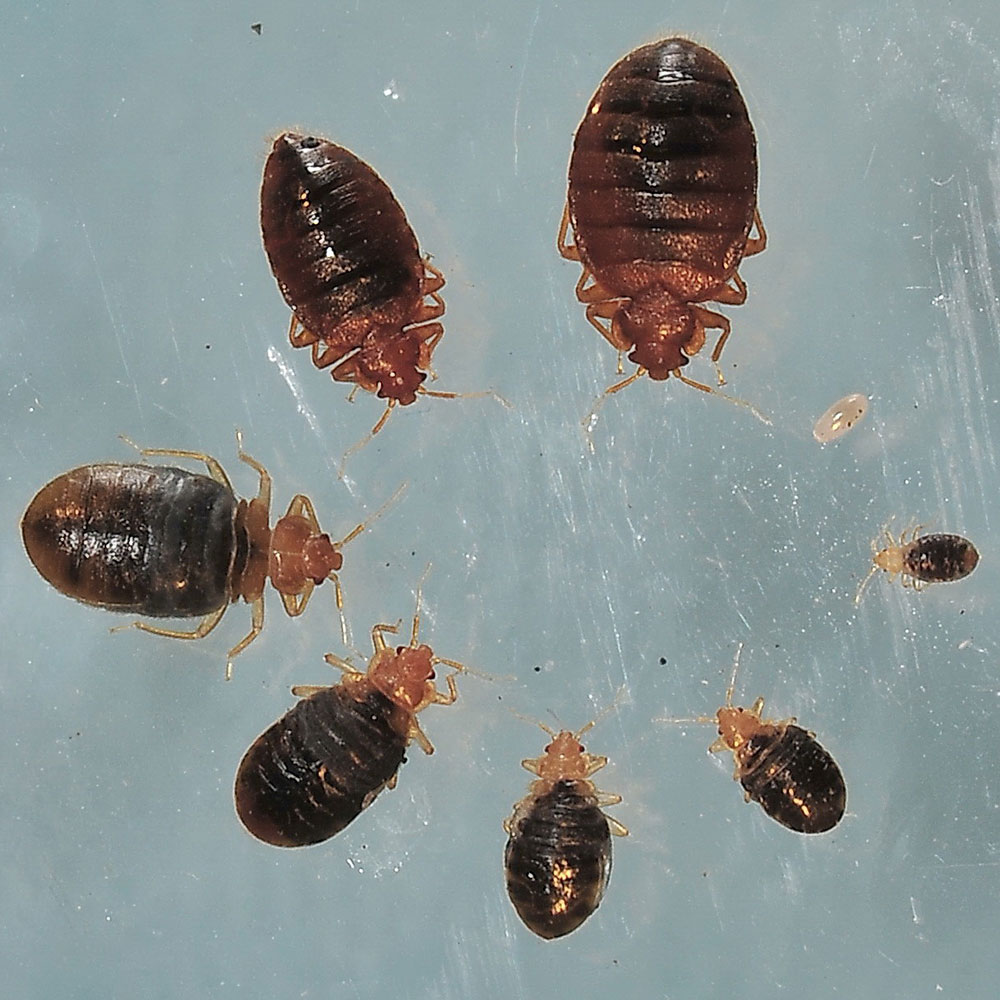
Bed bug droppings are one of the most obvious signs of an infestation. These droppings are small, black-brown specks, similar in color and size to ground pepper. Droppings can usually be found around the bed frame and mattress seams, as well as on the mattress itself and other furniture.
| Location | What to Look For |
|---|---|
| Bed Frame | Small black-brown specks |
| Mattress Seams | Small black-brown specks |
| Mattress | Small black-brown specks |
| Furniture | Small black-brown specks |
If you find any suspicious droppings, it’s important to note the location and how many you found. This information can help you determine the severity of the infestation.
5. Check for Cast Skin
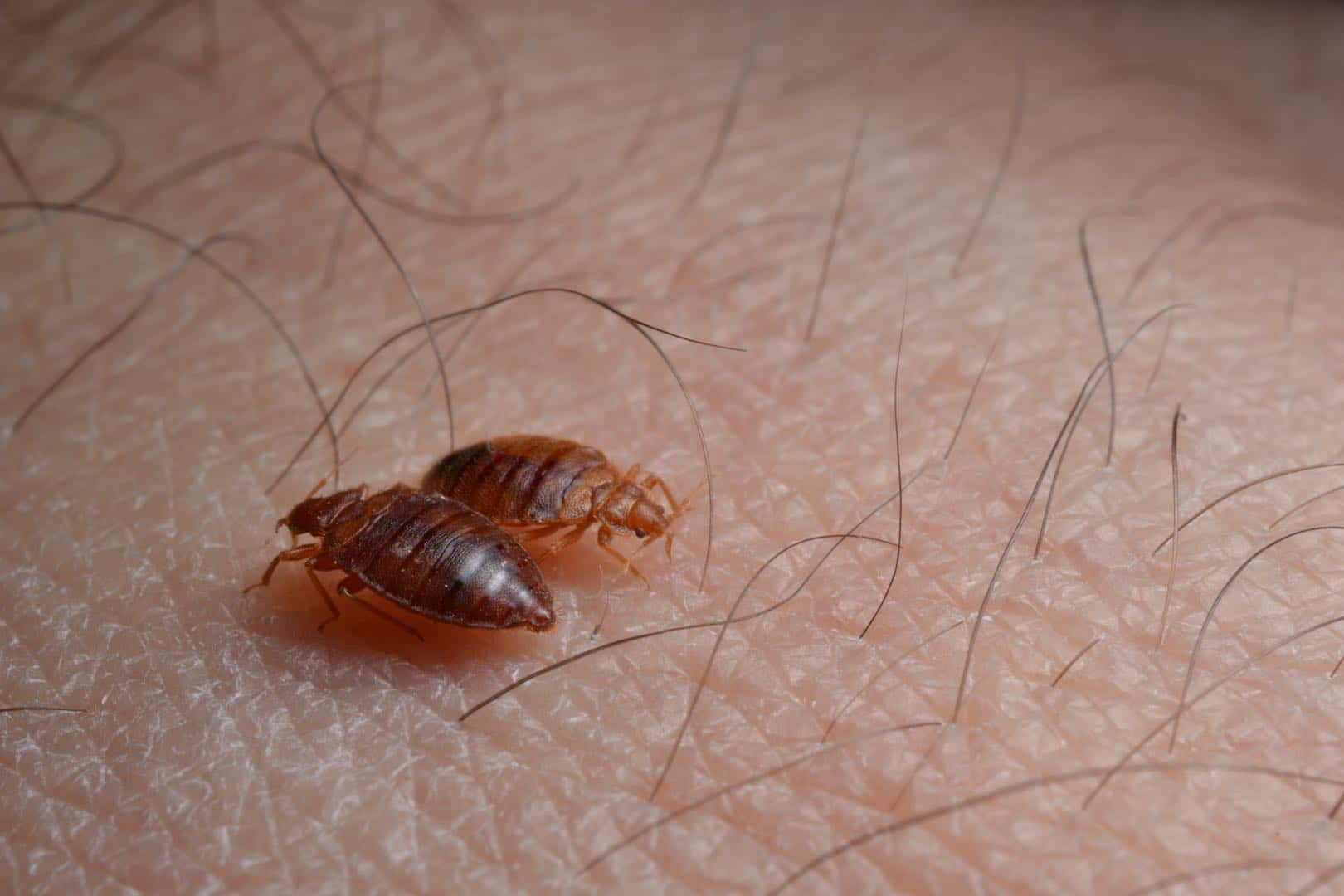
I thoroughly examine my mattress for any shedding of the bed bug’s outer skin, known as cast skins. These skins are shed during the life cycle of the bug and can be a telltale sign of an infestation. I look closely in the seams and crevices of the mattress as these are the areas where cast skins are more likely to be found. I also keep an eye out for other bed bug related items such as droppings, egg casings, and fecal spots.
Removing Bed Bugs from the Mattress
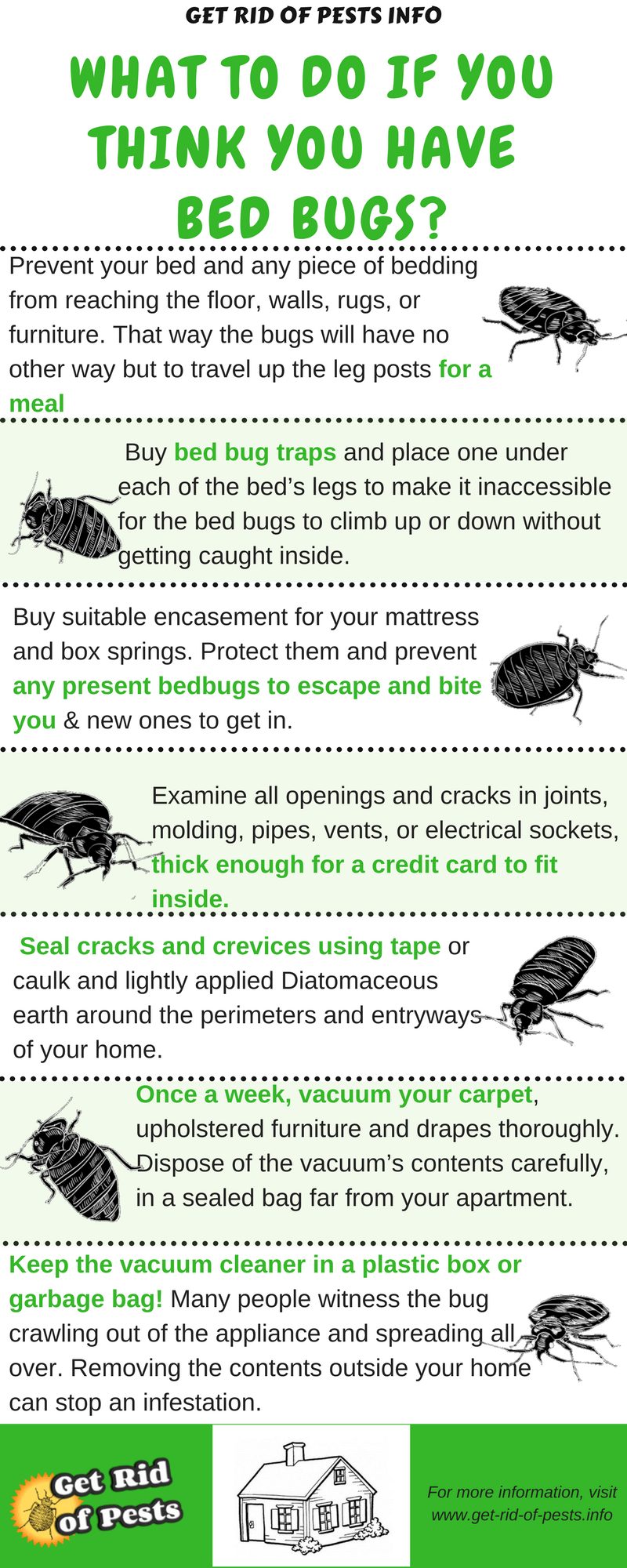
The first step to getting rid of bed bugs from a mattress is to inspect it thoroughly. Look for any signs of bed bug activity, such as dark spots, eggs, or even live insects. If any are found, it is important to take immediate action to prevent the infestation from spreading.
| Step | Description |
|---|---|
| 1 | Vacuum the mattress to remove any bed bugs and eggs. |
| 2 | Remove any fabric covers or encasements from the mattress. |
| 3 | Wash all fabric covers or encasements in hot water, and dry them on the highest heat setting. |
| 4 | Apply a bed bug spray or powder to the mattress and its surrounding area. |
| 5 | Vacuum the mattress again, paying special attention to any crevices or cracks where bed bugs may be hiding. |
| 6 | Place the fabric covers or encasements back on the mattress. |
Once the mattress is completely dry, it can be put back in place. It is important to continue to monitor the mattress for any signs of bed bug activity. If any are found, additional steps should be taken to ensure the infestation is eradicated.
1. Vacuuming
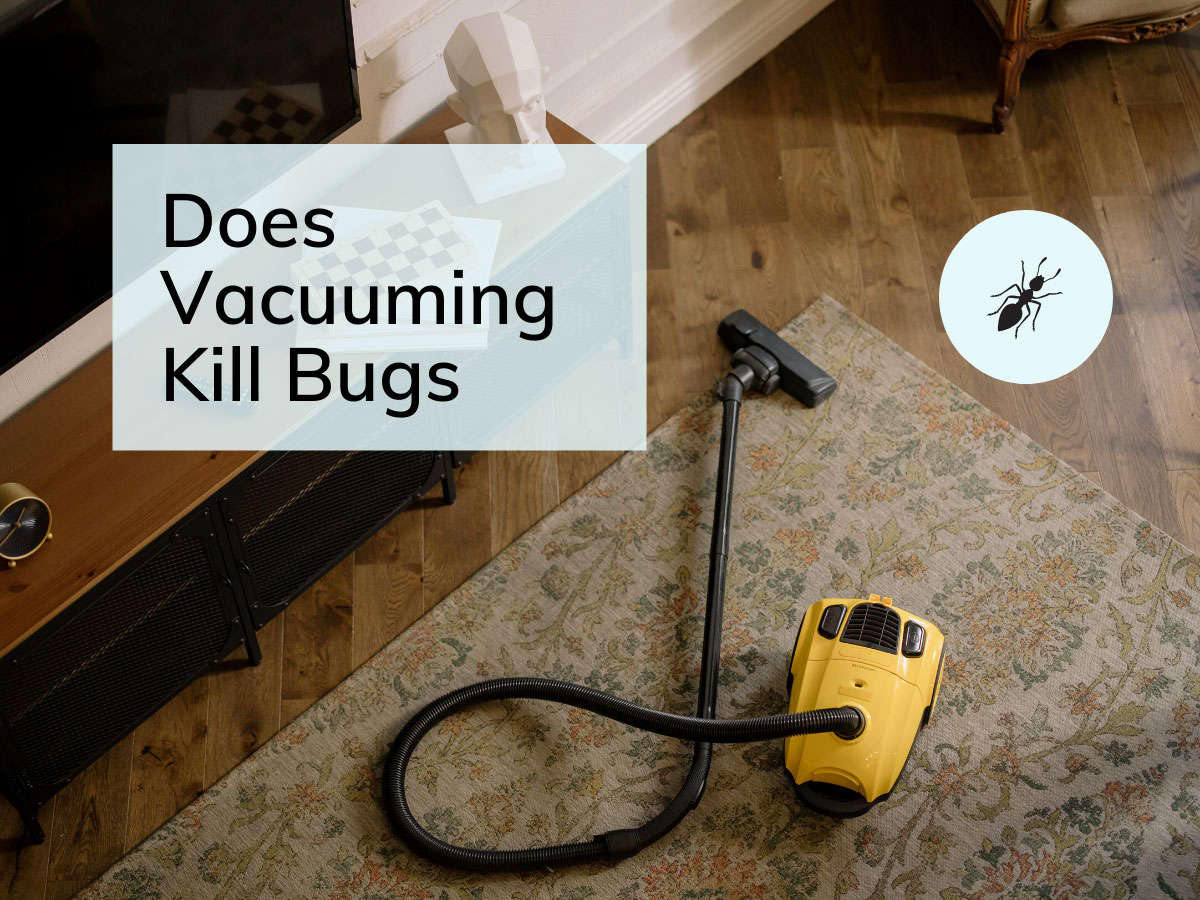
- Remove sheets, blankets, and pillowcases from the mattress.
- Vacuum the mattress, paying particular attention to the seams, tufts, and crevices.
- Remove the vacuum cleaner bag and dispose of it in an outside trash can.
2. Washing Bedding
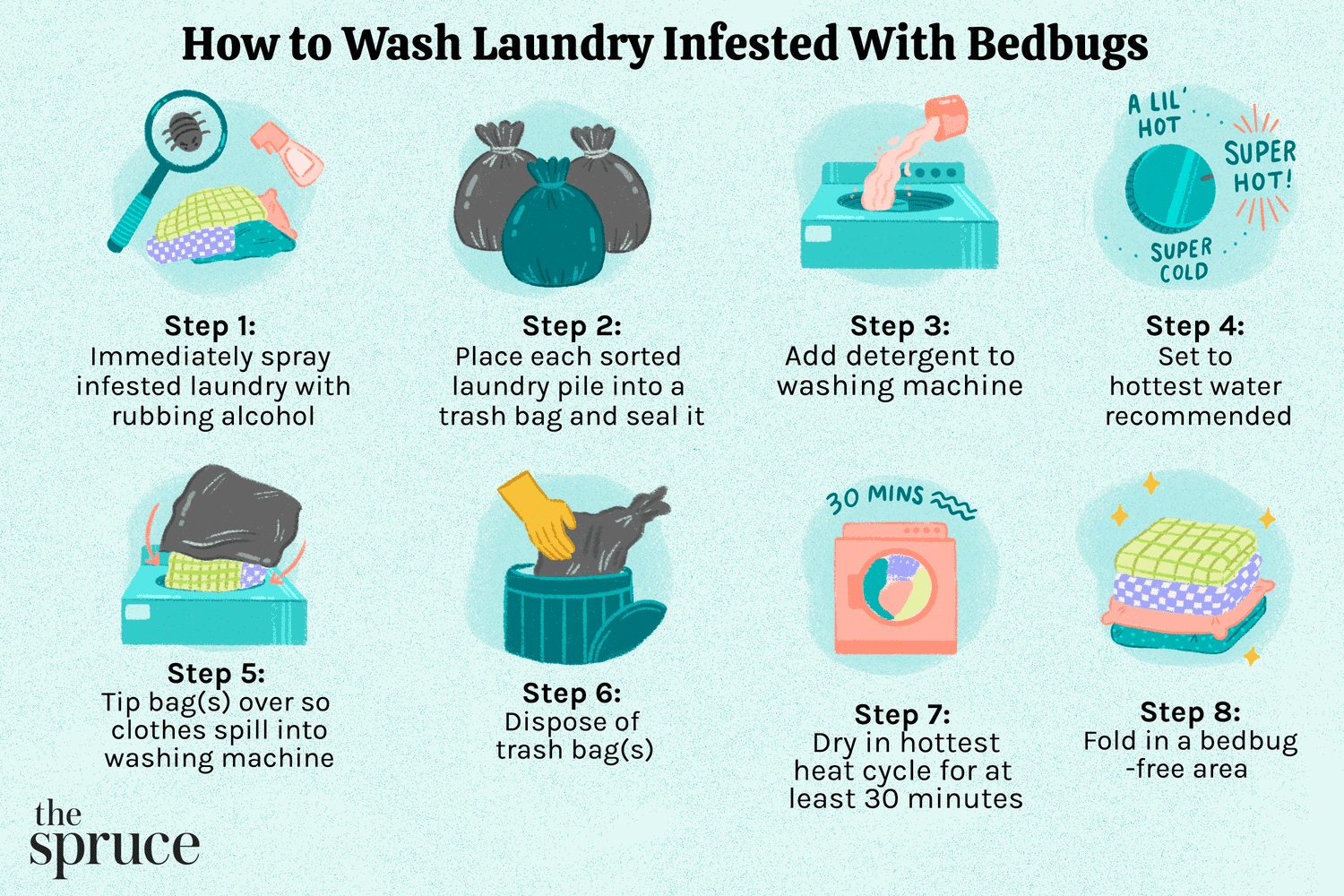
I check all bedding, such as pillowcases, sheets, blankets, and mattress covers, for bed bug signs. I then wash them in hot water (120°F) and dry them at high temperatures for at least 30 minutes. I may also use a steamer to kill any remaining bed bugs. I then inspect the bedding again for any signs of infestation.
3. Treating the Mattress
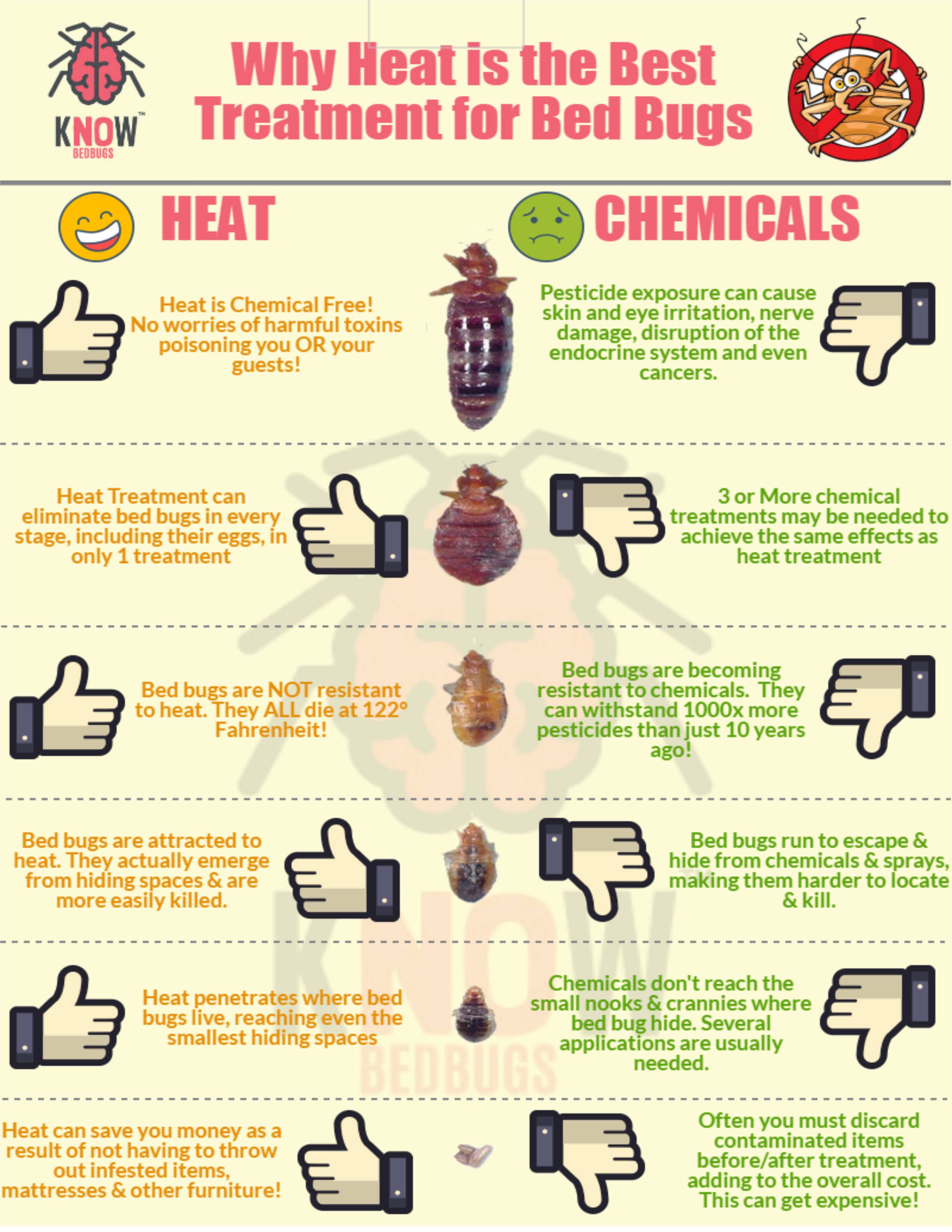
To treat a mattress for bed bugs, I recommend using a combination of chemical and non-chemical methods.
Chemical Treatments
Insecticides such as pyrethroids and neonicotinoids are effective against bed bugs. These chemicals should be applied directly to the mattress and surrounding area. It’s important to read the label and follow the directions carefully to ensure the safety of yourself, your family, and your pets.
Non-Chemical Treatments
Non-chemical treatments such as steam, vacuuming, and encasements can also be used to treat a mattress for bed bugs.
Steam
Steam can be used to kill bed bugs and their eggs. Steam cleaners can be rented from most hardware stores. The steam should be applied directly to the mattress and surrounding areas.
Vacuuming
Vacuuming can help remove bed bugs and their eggs from the mattress and surrounding areas. Vacuums with HEPA filters are recommended because they can trap small particles such as bed bug eggs.
Encasements
Encasing the mattress in a zippered mattress protector can help prevent bed bugs from infesting the mattress. Encasements should be made of vinyl or polyester to prevent bed bugs from getting through the fabric.
4. Applying Insecticides
Once the bed bugs have been identified, the next step is to apply insecticides. I recommend using an insecticide spray specifically designed to kill bed bugs. These products are available in various forms, including aerosols, dusts, and liquid concentrates. However, I strongly advise against using over-the-counter insecticides, as these may not be effective for bed bug control.
For optimal results, I suggest applying insecticides to cracks and crevices in the mattress and bed frame. I also suggest treating the mattress and bed frame with a residual insecticide spray. This will help to ensure that the bed bugs are killed and prevent them from returning in the future.
Finally, I recommend applying an insecticide dust to the mattress, bed frame, and surrounding areas. This will help to kill any bed bugs hiding in hard-to-reach places.
| Insecticide | Type | Application |
|---|---|---|
| Spray | Aerosols, dusts, liquid concentrates | Cracks and crevices in the mattress and bed frame |
| Residual spray | – | Mattress and bed frame |
| Insecticide dust | – | Mattress, bed frame, and surrounding areas |
Prevention
When travelling, inspect the mattress and bedding of the hotel/motel room you are staying in. If necessary, bring a flashlight to help you check the mattress seams and crevices. When you get home, throw away the sheets you used on the hotel bed into the washing machine and attempt to vacuum the mattress and box spring.
When buying a used mattress, inspect it thoroughly for bedbugs and any other signs of infestation.
Regularly inspect your mattress for bedbugs, either by using a flashlight or using a bedbug interceptor.
Use bedbug covers. Bedbug covers are specially designed covers that encase your mattress and box spring and prevent bedbugs from entering them.
Vacuum your mattress regularly. This will help to remove both bedbug eggs and any bedbugs that may be living in the mattress.
Wash your bedding regularly in hot water (at least 130 degrees) and dry them in high heat (at least 120 degrees). This will help to kill any bedbugs that may be living in the bedding.
Keep your bedroom clean and free of clutter. This will make it more difficult for bedbugs to hide and will make it easier to spot any signs of an infestation.
Frequently Asked Questions
What are the signs of bed bugs in a mattress?
Look for rusty-colored blood spots on the mattress, sheets or box spring. Bed bugs also leave a characteristic sweet and musty odor. Check the seams, tags and tufts of the mattress for eggs, eggshells, and shed skins, which are cream to white in color. Use a flashlight to inspect cracks and crevices, such as along the mattress edges, baseboards and other furniture.
How can I tell if I have a bed bug infestation?
Look for physical signs of bed bugs such as dark spots of excrement, tiny white eggs and shed skins. Check your mattress and bedding for blood stains, which may be a sign that bed bugs have been feeding. Inspect any cracks and crevices in your bed frame, headboard and baseboard for signs of bed bugs or eggs. Look for bed bugs in nearby furniture and other areas of your bedroom. If you suspect an infestation, contact a professional pest control service.
What are the most effective ways to check for bed bugs in a mattress?
The best way to check for bed bugs in a mattress is to physically inspect the mattress. Look for bed bug eggs, which are tiny and white, as well as live bed bugs, which are small and reddish-brown. Also, look for signs of bed bug droppings and shed skins, which are often found in the seams and crevices of the mattress. Typically, the best time to check for bed bugs is at night when they are most active. If a bed bug infestation is suspected, it is important to call a professional pest control specialist to assess and treat the problem.
Are there any DIY methods for detecting bed bugs on a mattress?
When checking for bed bugs, it is important to look closely at the mattress and surrounding area. Visual inspection is the most common and effective DIY method for detecting bed bugs. Look for physical signs such as live or dead bed bugs, eggs, shed exoskeletons, and fecal stains. Also check for bites on the body, small dark spots on the mattress, and a musty odor. If any of these signs are present, it is likely that bed bugs are present.
Is there any way to prevent bed bugs from infesting a mattress?
The best way to prevent bed bugs from infesting a mattress is to take preventive measures. Vacuum or steam clean mattresses and furniture, seal cracks and crevices, and reduce clutter in and around the bed. Use encasements for mattresses and box springs, and inspect second-hand furniture before bringing it into the home. Regularly check for any signs of bed bugs, such as their eggs, shed skins, and fecal spots.
Conclusion
I have provided a detailed guide on how to check a mattress for bed bugs. I have outlined some of the most common signs of bed bug infestation, as well as steps for checking a mattress for bed bugs. Following these steps can help keep your home bug-free. Don’t forget to check other areas of your home as well. Vacuuming and laundering bedding and clothing regularly can also help ensure your home is free from bed bugs. If you do find signs of bed bugs, contact a professional pest control service to help get rid of the problem.
